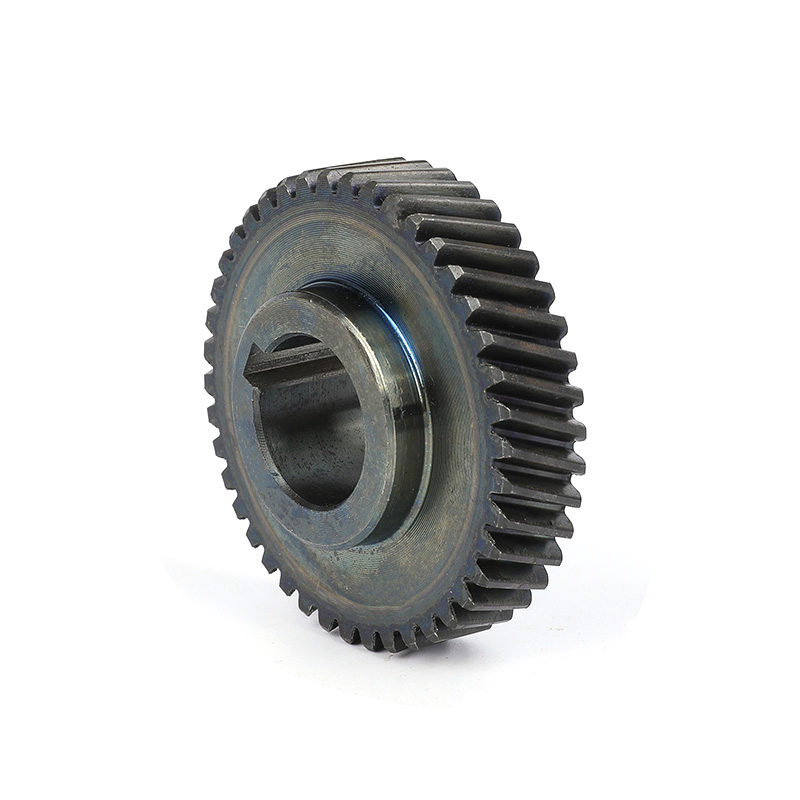- Home
- Products
- About Us
- Application
- News
- Contact Us
Web Menu
- Home
- Products
- About Us
- Application
- News
- Contact Us
Product Search
Exit Menu
Are Power Tools Spare Parts Interchangeable Between Brands?
When a power tool stops working due to a worn or damaged component, replacing the faulty part is often a practical solution. However, many users ask the same question before making a purchase: Are power tools spare parts interchangeable between brands? This question is particularly important for professionals and DIY enthusiasts who use multiple brands in their workshops or job sites.
In most cases, power tools spare parts are not interchangeable between different brands. Each brand typically designs its products with proprietary specifications, dimensions, and features. This includes motor components, switches, brushes, batteries, chargers, and gear assemblies. While some parts may appear similar, internal structures often differ just enough to prevent compatibility.
One of the primary reasons for this lack of interchangeability is design variation. Manufacturers tailor their power tools spare parts to match specific models and intended uses. Even tools within the same product category—such as drills, grinders, or saws—can have significant internal differences depending on the brand and model year. A switch or armature from one drill might not fit or function correctly in another, even if both tools perform similar tasks.
Battery systems present another example of non-interchangeable power tools spare parts. Many cordless tools come with brand-specific batteries and charging systems. The voltage, size, connector type, and electronic management system are often unique to a brand. This limits cross-compatibility and means users need to invest in the same brand when expanding their cordless tool collection.

Some users look to aftermarket manufacturers for more universal solutions. In certain cases, third-party companies offer power tools spare parts that work with multiple brands. However, these parts are generally limited to high-wear items like carbon brushes, bearings, or switches where universal dimensions are more common. Even then, it's important to carefully check part numbers, technical specifications, and compatibility charts before purchasing.
There are also potential safety and warranty concerns. Using non-original power tools spare parts may void the warranty or result in reduced performance. Poor fit or mismatched components can cause overheating, mechanical failure, or injury. For this reason, most experts recommend sourcing spare parts directly from the tool’s manufacturer or an authorized dealer.
In some rare situations, different brands under the same corporate umbrella may share compatible components. For example, companies that own multiple tool brands might use standardized power tools spare parts across a few models. Even in such cases, compatibility should be verified through technical documentation or manufacturer support.
For users seeking consistency, sticking with a single brand for their tool collection can reduce the complications that arise from incompatible parts. This makes it easier to store replacement parts and perform repairs without guessing whether components will fit correctly.
While the idea of interchangeable power tools spare parts across brands might sound convenient, it is generally not feasible due to design differences, safety concerns, and brand-specific engineering. Users are encouraged to identify the exact make and model of their tools when sourcing parts and to consult manufacturer guides or service centers when uncertain. Staying informed helps maintain tool performance, prolong service life, and support safe operation.
-
Add: 1st Floor, No. 2, Huanan Road, Zhengcun, Economic Development Zone, Yongkang City, Zhejiang Province, China
-
Tel: +86-0579-87133113
-
E-mail: [email protected]

 English
English русский
русский Español
Español